The United Nations Population Fund, or UNFPA, is one of the three most influential population control groups in the world, standing alongside the Population Council and the International Planned Parenthood Federation. What makes UNFPA unique is that it has the full authority of the United Nations behind it and enjoys a guaranteed one billion dollars of income annually from the developed nations of the world. Unlike the many other UN agencies, population control is not a sideline or additional task for UNFPA; suppressing the populations of developing nations is its raison d’être.
UNFPA’s Work
Its unique status means that UNFPA is answerable to no one and tolerates no moral or ethical limits on its activities. It has fully subscribed to the population control mentality — once you perceive people as a liability to be controlled rather than the supreme asset that must be nurtured and cultivated, you give yourself permission to use any available means to reach your goals.
UNFPA helped to design and implement the draconian Chinese population control program, which for more than thirty years has involved forced abortion, sterilization and contraception for half a billion women. It has resulted in the deaths of thousands and the brutal fines and jailing of tens of thousands more who would not comply with the one-child program. Minority ethnic groups have been targeted in particular, and UNFPA actually helps to fund these programs. UNFPA’s first three Executive Directors vocally applauded the agency’s role in China.1
In Mexico, the agency supports covert abortion, coercive family planning, and involuntary sterilization. Interestingly, UNFPA defines all illegal abortions as “unsafe.” Yet in Kenya, it gives millions of dollars to Marie Stopes International (MSI), which has boasted of doing illegal abortions both in Kenya and all over the world.
UNFPA claims to be a great champion of “diversity,” but it is the greatest destroyer of the cultures, customs and faiths of developing nations in existence today. As UNFPA’s former Executive Director Nafis Sadik said, “We need to be constantly chipping away at long-held cultural prejudices against gender equality, human rights and reproductive choice, especially for women in developing countries.”2
UNFPA began its operations in 1969 at the very peak of Western hysteria over the “population bomb.” Its current primary goal is universal access to reproductive health in pursuit of United Nations Millennium Development Goal #5. As we all know by now, the term “reproductive health” includes abortion on demand.
Since its founding, UNFPA has spent more than $20 billion in carrying out its mandate to restrict the population growth of developing nations.3 Almost all of this money comes from eleven rich nations, with the United States donating the most.4 These nations require a steady flow of natural resources from the less-developed nations, and the UNFPA and other population control groups are the mechanism that ensures that the flow continues. This is entirely in line with the principles outlined in National Security Study Memorandum 200.5
Dual Primary Targets: Youth and Faith
1. Youth
The authors of NSSM-200 saw “anti-imperialist youth” as the number one danger to the USA’s control of the natural resources of developing nations.6 Therefore, these young people are one of UNFPA’s two primary targets. Over the past twenty years, UNFPA has churned out more than a dozen major documents outlining its strategies for saturating children as young as ten with contraception, sterilization and abortion.
In 2010, six of the largest United Nations agencies, including UNICEF and UNFPA, signed “Accelerating Efforts to Advance the Rights of Adolescent Girls: A UN Joint Statement.” This statement says that its purpose is to “empower the hardest-to-reach adolescent girls, particularly those aged 10 to 14 years.” One of the “five strategic priorities” mentioned by this Statement is: “Ensure adolescent girls’ access to age-appropriate health and nutrition information and services, including life skills-based sexuality education, HIV prevention, and sexual and reproductive health.”
UNFPA intends to achieve this goal by following the strategy laid out in its “Framework for Action on Adolescents & Youth,” a document which outlines a step-by-step overall plan for propagandizing young people with the pro-contraception, pro-population control and anti-child message.
The Population Council, UNFPA, UNICEF and UNAIDS have also cooperated in publishing “Generating the Evidence Base for Policies and Programs for Very Young Adolescents.” The entire focus of this manual is beginning and implementing “reproductive health” for these young children, including explicit sex education, condom use and prevention of HIV/AIDS. Abstinence, on the other hand, is barely mentioned at all, and the words “mother,” “father” and “parent” appear only as elements in survey questions. The manual asserts that “condom provision should be strengthened” among girls from 10 to 14 years old, that people should not judge them for having sex at such a young age, and that one of the factors that interfere with such young people’s rights is the “illegality of abortion.”
All of this and much more is contained in this publication, which is designed to increase “reproductive health” use by very young girls, thus exposing them to exploitation and even worse.
One of the most effective tactics that population control groups use to corrupt the values of young people is to organize so-called “youth groups,” then provide them with training and materials, and finally send them out to propagandize their peers while closely controlling them from behind the scenes. These front groups are carefully designed to give the appearance of being spontaneously organized by youth. Their purpose is to insinuate various anti-life ideas, especially regarding population control, homosexuality and abortion, into the minds of the young people of developing nations.
UNFPA has funded several such “youth groups”—the Ottawa-based Youth Coalition for Sexual and Reproductive Rights, Y-PEER and CHOICE for Youth and Sexuality. It also wrote a manual on how to recruit and propagandize young people into agitating for universal access to abortion and contraception for youth as young as ten, and for protection of homosexuals and their unhealthy behavior.7
2. Faith
The second primary target of UNFPA is any religious body that might oppose its population control activities. The Catholic Church’s unwavering defense of the family is particularly galling to UNFPA, which sees the structure of the family itself as an obstacle standing in the way of its goals. Speaking at a February 2009 meeting at Colegio Mexico in Mexico City, UNFPA representative Arie Hoekman said that the breakup of the family is a desirable thing, representing the triumph of “human rights” over “patriarchy.”8
UNFPA’s 2009 report entitled “Global Forum of Faith-Based Organizations for Population and Development” shows how UNFPA undercuts and undermines traditional religious values in developing nations so that the people are deceived into thinking that their faiths have changed their teachings and now allow the acceptance of contraception, abortion and sterilization. Aided by traitorous groups like Catholics for [a Free] Choice, UNFPA is making a concerted effort to destroy the effectiveness of its number one foe — religion — as it attempts to impose “reproductive health” on the entire world.
In 2008, UNFPA published a very important document entitled “Culture Matters: Lessons from a Legacy of Engaging Faith-Based Organizations.” This publication gives many details on how UNFPA has worked with faith-based organizations in specific nations in order to advance its goal of universal “sexual and reproductive health,” which includes contraception and abortion.
Conclusion
UNFPA exists for a single purpose: to suppress the populations of developing nations. It has supported coercive population control programs, funded both legal and illegal abortions, and supplied abortion equipment all over the world. Its leadership has completely lost sight of the value of the most precious possessions the poor of this world have ― their families, their children, their faith.
Regardless of how little a nation needs population control, UNFPA is there to provide it. For example, Vietnam has the highest abortion rate in the world and is struggling with a hugely out-of-balance sex ratio. Yet UNFPA thinks that there are still not enough abortions there, and wants even more to be done.9 And UNFPA is flooding Mongolia, which has less a sparser population density than Wyoming and a below-replacement total fertility rate, with abortion and contraception.
The “population bomb,” if it ever existed, is over. Within thirty years, the population of the Earth will level off and will then it will begin to decline. It is time to retool and redirect the United Nations Population Fund, to change its mission from keeping the population down to improving the lives of the people of developing nations. The vast apparatus of the UNFPA, already in existence, could then confirm the value of people in poor nations instead of making them feel like a burden.
+ Endnotes
[1] The first three Executive Directors of UNFPA have vocally supported the Chinese one-child policy. In 1986, Rafael Salas, UNFPA’s then-Executive Director, said, “Each country has its view of what is free, a free choice. If you refer to the case of China, I am very sure that the Chinese themselves will say that within their cultural norms, they are not at all coercive. Maybe from Western standards, these might not be totally acceptable, but then each country must determine that for themselves” [“An Uncompromising Position: China, the UNFPA and U.S. Population Policy.” Undated Zero Population Growth Backgrounder].
In 1989, UNFPA’s Executive Director Nafis Sadik claimed on CBS’s “Nightwatch” television program that the UNFPA “does not support abortion programs anywhere in the world,” and is “not supporting coercion in any form.” She also continued to insist that China’s population control policies are “purely voluntary” [“Forced Abortion, Infanticide Reported in Tibet.” The Wanderer, April 6, 1989, page 2].
Twelve years later, Sadik was still in denial despite a mountain of evidence contradicting her stubbornly-held beliefs. She said, “China has every reason to feel proud of and pleased with its remarkable achievements made in its family planning policy and control of its population growth over the past 10 years. Now the country could offer its experiences and special experts to help other countries” [Nafis Sadik, former Executive Director of the United Nations Population Fund (UNFPA), quoted by China’s official news agency Xinhua on April, 11, 1991. Also described in “Canada Donates $9 Million to UNFPA ― Funders of China’s One-Child Policy.” LifeSite Daily News, May 7, 2001].
Finally, Sadik’s successor as Executive Director of UNFPA, Thoraya Obaid, said, “China, having adopted practical measures in accordance with her current situation, has scored remarkable achievements in population control” [Thoraya Obaid, Executive Director of the United Nations Fund for Population Activities (UNFPA), to the Chinese People’s Daily newspaper. Quoted in “UN Agency Still Praises China’s Coercive Population Control Programs.” Friday FAX, C-FAM (Catholic Family & Human Rights Institute), August 24, 2001 (Volume 4, Number 36)].
[2] Nafis Sadik, former Executive Director of the United Nations Fund for Population Activities (UNFPA), in UNFPA Press Release POP/655, January 20, 1998.
[3] From UNFPA Annual Reports, indexed to 2014 levels.
[4] The United States, the Netherlands, Sweden, Norway, the United Kingdom, Japan, Denmark, Germany, Finland, Canada, Switzerland.
[5] NSSM-200 says, “The U.S. economy will require large and increasing amounts of minerals from abroad, especially from less developed countries.… Wherever a lessening of population pressures through reduced birth rates can increase the prospects for such stability, population policy becomes relevant to resource supplies and to the economic interests of the United States” [Chapter III, “Minerals and Fuel”].
[6] NSSM-200. Chapter V, “Implications of Population Pressures for National Security.”
[7] This guide is called “Youth-Led Organizations and SRHR: A Step-by-Step Guide to Creating Sustainable Youth-Led Organizations Working on Sexual and Reproductive Health and Rights.”
[8] Hoekman said, “In the eyes of conservative forces, these changes mean that the family is in crisis. In crisis? More than a crisis, we are in the presence of a weakening of the patriarchal structure, as a result of the disappearance of the economic base that sustains it and because of the rise of new values centered in the recognition of fundamental human rights.”
[9] Steven Ertelt. “UN Praises Vietnam Population Control, But Abortion Skews Gender Ratio.” LifeNews.com, October 18, 2007.
Related Content
Dr. Brian Clowes has been HLI’s director of research since 1995 and is one of the most accomplished and respected intellectuals in the international pro-life movement. Best known as author of the most exhaustive pro-life informational resource volume The Facts of Life, and for his Pro-Life Basic Training Course, Brian is the author of nine books and over 500 scholarly and popular articles, and has traveled to 70 countries on six continents as a pro-life speaker, educator and trainer.


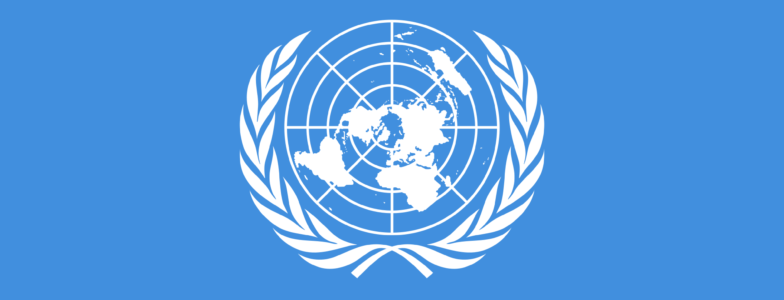
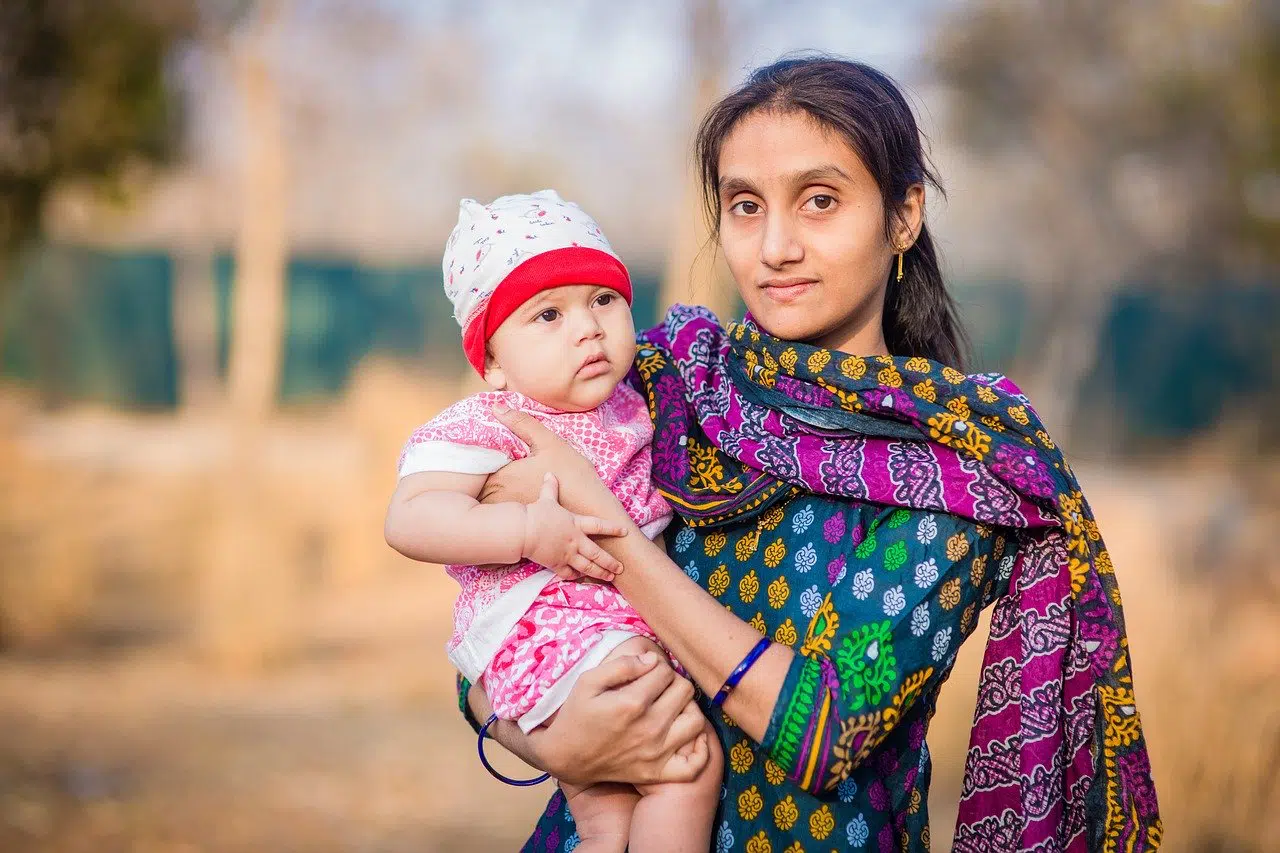


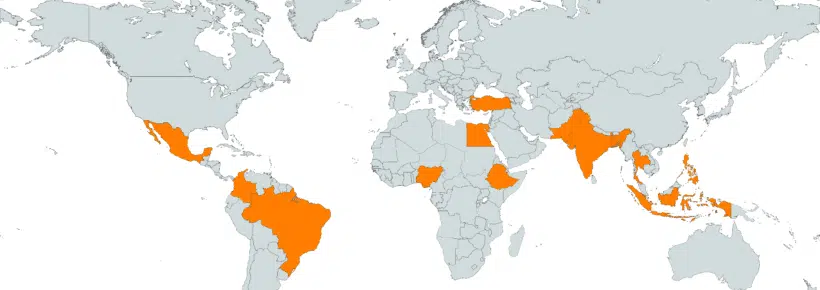

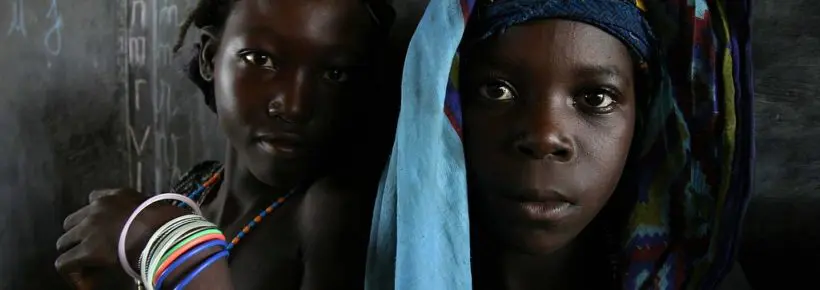



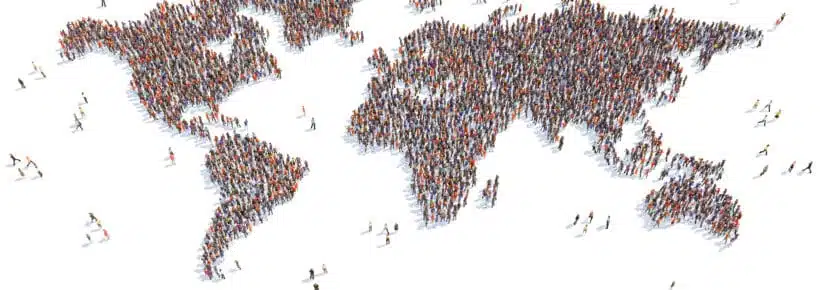

As a woman who has regretfully had abortions in my youth I can tell you one of the abortions would not have occurred if I had not had an abortion previously just three months earlier because I still would have been pregnant. And typically women home taking care of babies are not out having sex out of wedlock. If only we could see how God’s ways are the perfect way.